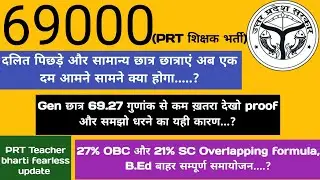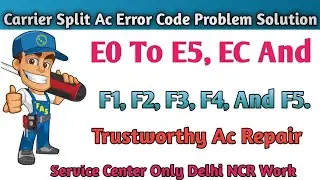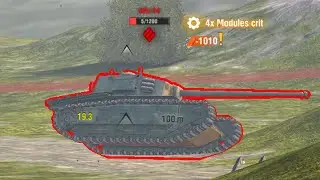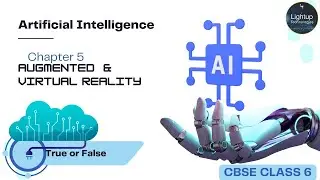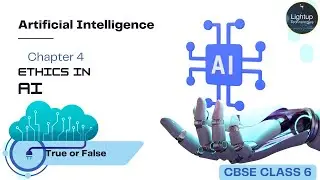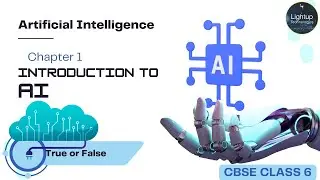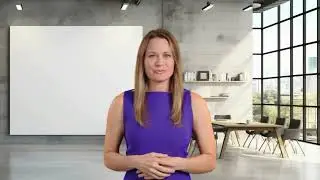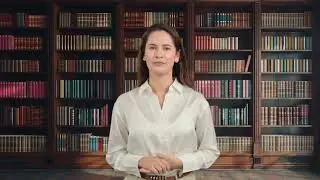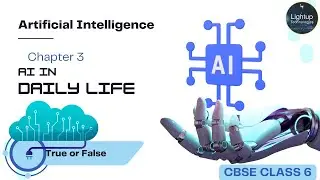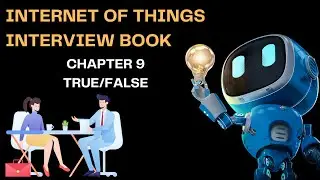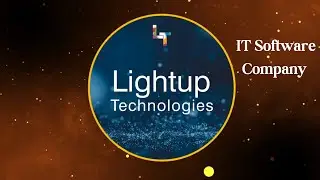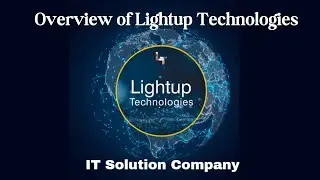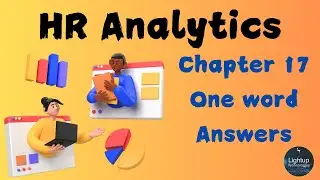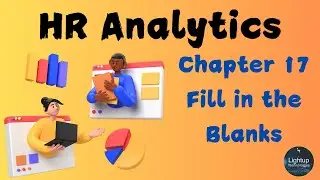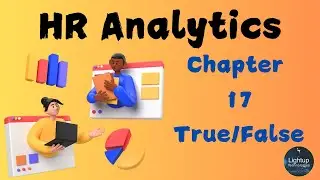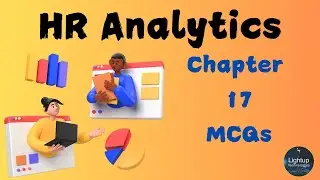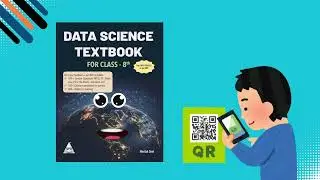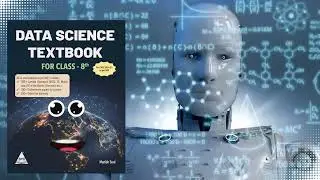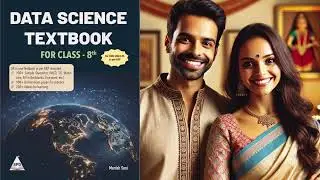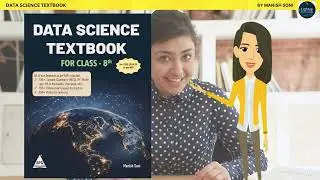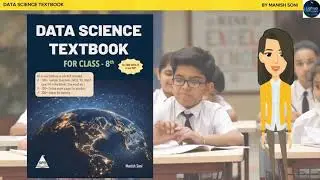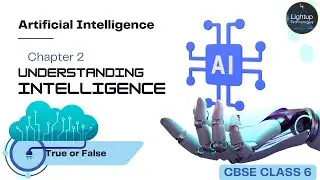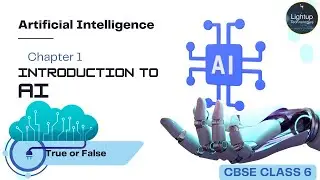R Programming Insights Chapter 1 - Introduction to R Programming Practice Questions
Welcome to the first chapter of our "R Programming Insights" series, where we delve into the foundational aspects of R programming through a set of carefully curated practice questions.
Please access the updated Online Form through the following link:
MCQ: https://forms.gle/nSSbChkXKKfhsNze8
True or False: https://forms.gle/bpZeF1zTQ85pBrjP8
Fill in the blanks: https://forms.gle/AcjNtxkAvKD1XH25A
Fill in the blanks with two options: https://forms.gle/cCEjeD6LJ9qX3Fgb8
This video is designed to guide both beginners and experienced programmers through the essential concepts and techniques of R, ensuring a solid grasp of the language that is indispensable for data analysis, statistical computing, and data visualization.
In Chapter 1, we embark on a journey to explore the basics of R programming. This chapter serves as an introduction to the R language, providing an overview of its history, purpose, and applications in various fields such as data science, bioinformatics, and financial analysis. Understanding the background and scope of R will help you appreciate its versatility and the reasons behind its widespread adoption in the data analysis community.
We begin by setting up the R environment, guiding you through the installation of R and RStudio, the most popular integrated development environment (IDE) for R. This initial setup is crucial as it forms the foundation for all your subsequent R programming endeavors. We ensure you are comfortable with the interface and basic functionalities of RStudio, making it easier to follow along with the practice questions and examples.
Once your environment is ready, we dive into the core concepts of R programming. We start with basic syntax, data types, and structures, such as vectors, matrices, lists, and data frames. Understanding these fundamental elements is essential for manipulating and analyzing data efficiently. Each practice question is designed to reinforce your knowledge of these basics, providing hands-on experience that is critical for mastering R.
Throughout the video, we emphasize the importance of functions and control structures in R. You will learn how to create and use functions, which are the building blocks of efficient and reusable code. We also cover control structures like loops and conditional statements, which are crucial for implementing logic and automation in your R scripts. The practice questions in this section challenge you to apply these concepts, ensuring you can write effective and optimized R code.
Data manipulation is another key focus of this chapter. We introduce you to essential packages such as dplyr and tidyr, which are part of the tidyverse ecosystem. These packages provide powerful tools for transforming and cleaning data, making it easier to prepare datasets for analysis. The practice questions guide you through common data manipulation tasks, helping you develop a strong foundation in handling real-world data.
Visualization is a vital aspect of data analysis, and R excels in this area with its extensive graphical capabilities. In this chapter, we explore the basics of data visualization using ggplot2, another core package of the tidyverse. You will learn how to create various types of plots, customize them, and interpret the visual information they convey. The practice questions encourage you to experiment with different visualization techniques, enhancing your ability to present data insights effectively.
By the end of this video, you will have a comprehensive understanding of the fundamental concepts and techniques of R programming. The practice questions are designed not only to test your knowledge but also to deepen your understanding through practical application. Whether you are preparing for an exam, a job interview, or simply looking to improve your R skills, this chapter provides a solid foundation to build upon.



